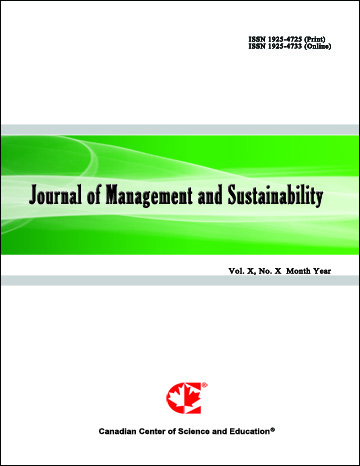Quantifying the Environmental Benefits of Conserving Grassland
- Amanda Flynn
- Anne Gage
- Chelsie Boles
- Brian Lord
- Derek Schlea
- Sarah Olimb
- Todd Redder
- Wendy Larson
Abstract
The Missouri River Basin (MRB) functions as the “life zone” for the larger Mississippi River Basin, providing grassland habitat that infiltrates precipitation and recharges groundwater, reduces sediment erosion, filters nutrients, stores carbon, and provides critical habitat for wildlife. The role of this region as a producer of food and fuel, both nationally and internationally, creates unique challenges for conservation. To support conservation efforts and sustainable management of this invaluable resource, a large-scale, screening-level evaluation of the water quantity and quality benefits of land conservation efforts in the MRB was performed. This paper describes the development and application of a Soil and Water Assessment Tool (SWAT) model to the MRB study area to provide estimates of water quantity and quality (sediment, total phosphorus, total nitrogen) benefits from the avoided conversion of intact grassland to cultivated cropland. The results of this study indicate that the avoided conversion of grassland to cropland could potentially prevent more than 1.7 trillion gallons of surface runoff as well as prevent the export of approximately 46 million tons of sediment, 87 million pounds of total phosphorus, and 427 million pounds of total nitrogen from the MRB study area landscape every year.
- Full Text:
 PDF
PDF
- DOI:10.5539/jms.v7n2p65
Journal Metrics
Google-based Impact Factor (2021): 1.54
h-index (July 2022): 37
i10-index (July 2022): 147
h5-index (2017-2021): 12
h5-median (2017-2021): 19
Index
- Academic Journals Database
- ANVUR (Italian National Agency for the Evaluation of Universities and Research Institutes)
- CAB Abstracts
- CNKI Scholar
- EconBiz
- Excellence in Research for Australia (ERA)
- GETIT@YALE (Yale University Library)
- Harvard Library
- HeinOnline
- Infotrieve
- JournalTOCs
- LOCKSS
- MIAR
- PKP Open Archives Harvester
- RePEc
- Scilit
- SHERPA/RoMEO
- Stanford Libraries
- UCR Library
Contact
- Evelyn XiaoEditorial Assistant
- jms@ccsenet.org
